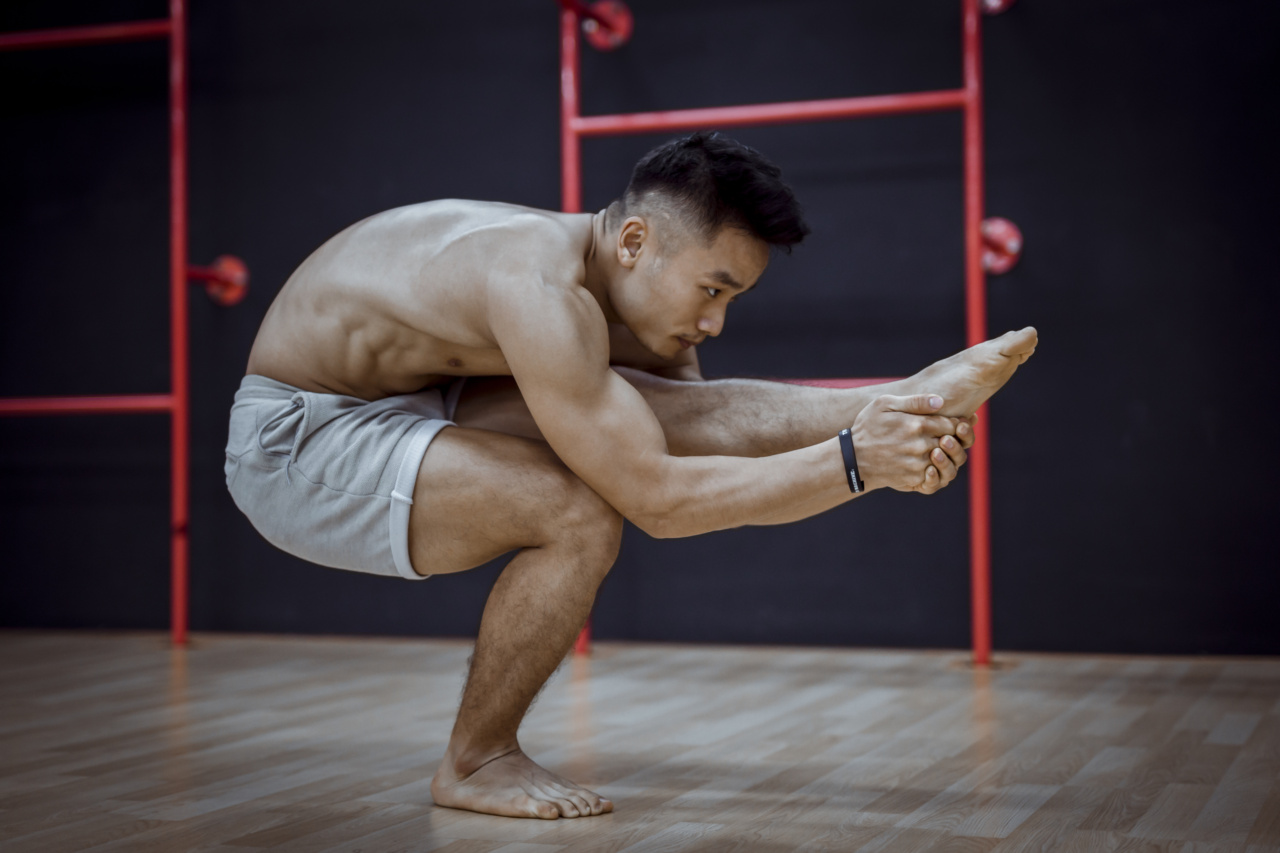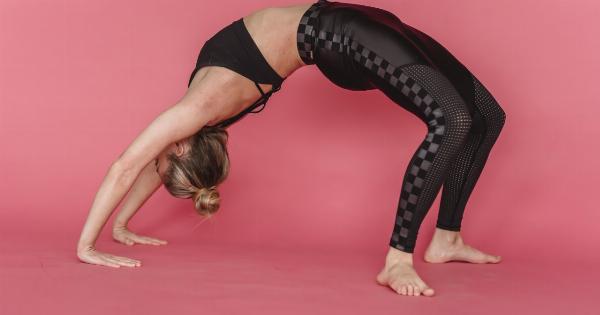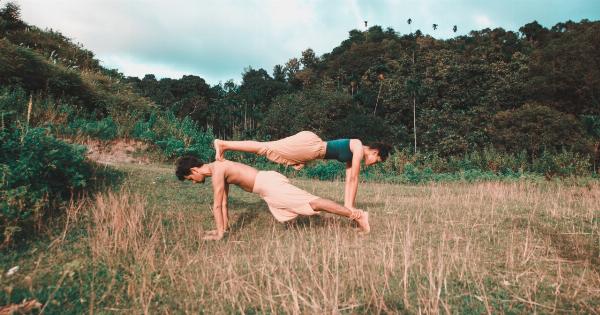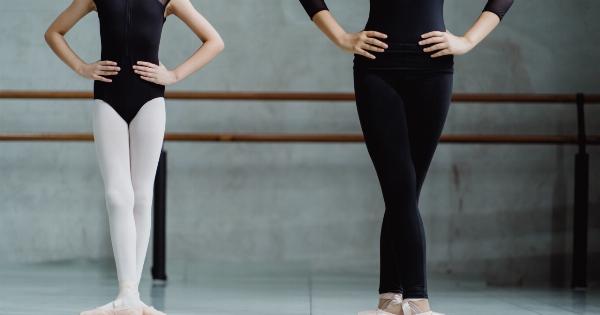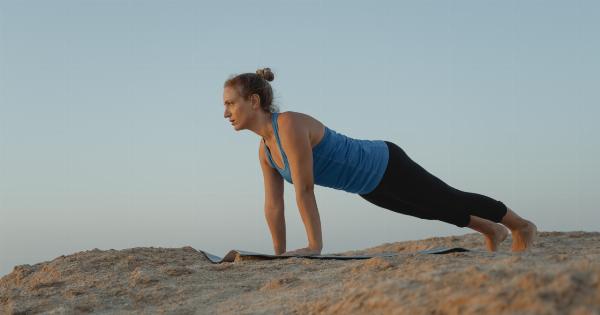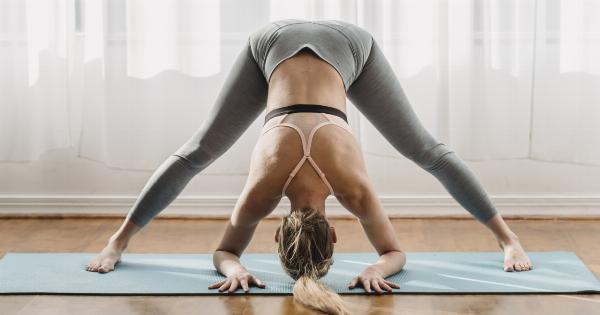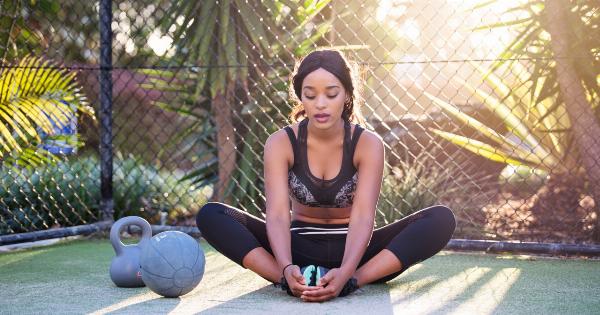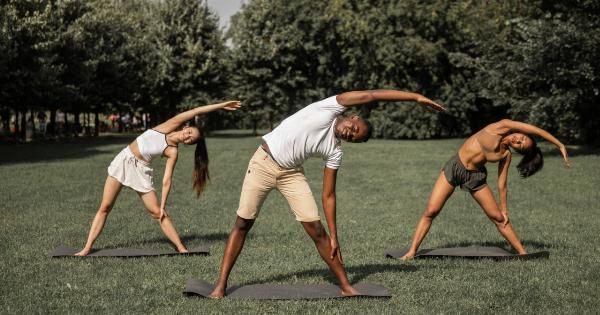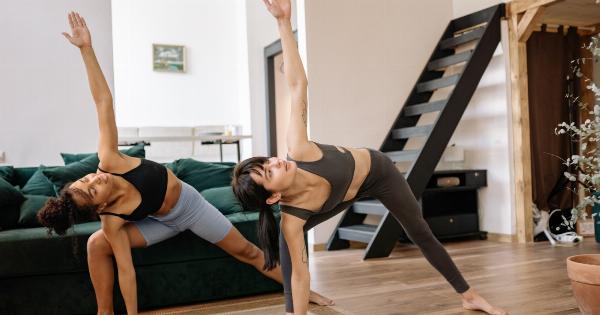Yoga has become a popular way to strengthen the body, mind, and soul. The practice of yoga has been used to help with stress, anxiety, depression, and overall well-being. Many people don’t realize that yoga can also help with energy and focus.
This article will discuss the power of yoga for energy, including the top yoga poses for energy, how yoga can help with fatigue, and tips for adding yoga to your daily routine.
The Top Yoga Poses for Energy
There are several yoga poses that can help boost your energy levels. These poses can be practiced at any time of the day, but practicing them in the morning can set the tone for the day ahead. The following are some of the best yoga poses for energy:.
1. Downward Facing Dog
This pose is a great way to start your day. It stretches out your hamstrings, calves, and back, while also strengthening your arms and shoulders. Begin on your hands and knees, with your wrists under your shoulders and your knees under your hips.
Spread your fingers wide and tuck your toes under. Lift your hips up and back, creating an inverted V-shape with your body. Hold for a few deep breaths before releasing.
2. Warrior I
This pose is a great way to build stamina and focus. It strengthens your legs, while also opening up your chest and shoulders. From a standing position, step your left foot back, keeping your toes pointing forward.
Bend your right knee, bringing it over your ankle, and lift your arms up overhead. Hold for a few deep breaths before releasing and repeating on the other side.
3. Camel Pose
This pose is a great way to open up your heart and chest, helping to improve your energy levels and overall mood. Kneel on the floor, with your knees hip-width apart.
Place your hands on your lower back, with your fingers pointing down and your elbows close together. Inhale as you arch your back and lift your chest up towards the ceiling, bringing your hands down to the back of your heels. Hold for a few deep breaths before releasing.
4. Tree Pose
This pose is a great way to improve your balance and focus. It also strengthens your legs and core. Begin standing tall with your feet together.
Shift your weight onto your left foot and place your right foot on your inner thigh, either above or below your knee. Bring your hands to your heart center and hold for a few deep breaths before releasing and repeating on the other side.
5. Cat-Cow Pose
This pose is a great way to warm up your spine, improving circulation and energy levels throughout your body. Begin on your hands and knees, with your wrists under your shoulders and your knees under your hips.
Inhale as you arch your back, lifting your head and tailbone towards the ceiling. Exhale as you round your spine, tucking your chin to your chest and pressing the floor away with your hands.
How Yoga Can Help with Fatigue
Yoga can be a powerful tool to help fight fatigue and improve your overall energy levels. One way that yoga helps with fatigue is by improving circulation and oxygen flow throughout the body.
Many yoga poses, such as backbends and inversions, help to open up the chest and improve lung capacity, allowing for more oxygen to flow through the body.
Additionally, yoga can help to reduce stress and anxiety, which can be major contributors to fatigue.
When our bodies are under stress, our natural fight or flight response is activated, releasing hormones such as cortisol and adrenaline that can make us feel tired and worn out. Yoga can help to activate our relaxation response, which helps to reduce stress and improve overall energy levels.
Tips for Adding Yoga to Your Daily Routine
Adding yoga to your daily routine can be a great way to improve your energy levels and overall well-being. Here are a few tips for getting started:.
1. Start Small
If you’re new to yoga, don’t try to do too much too soon. Start with a beginner’s class or a few simple poses and gradually work your way up.
It’s better to do a little bit of yoga every day than to do a lot all at once and then stop.
2. Make it a Habit
Try to do yoga at the same time every day, whether it’s first thing in the morning or before bed at night. Making it a habit will help you to stick with it and see the benefits over time.
3. Find a Teacher
If you’re not sure where to start with yoga, consider finding a teacher or taking a class. A teacher can help you to learn the proper form and technique for each pose, as well as provide guidance and feedback along the way.
4. Listen to Your Body
Yoga should never be painful. If a pose doesn’t feel right, modify it or skip it altogether. Always listen to your body and do what feels best for you.
